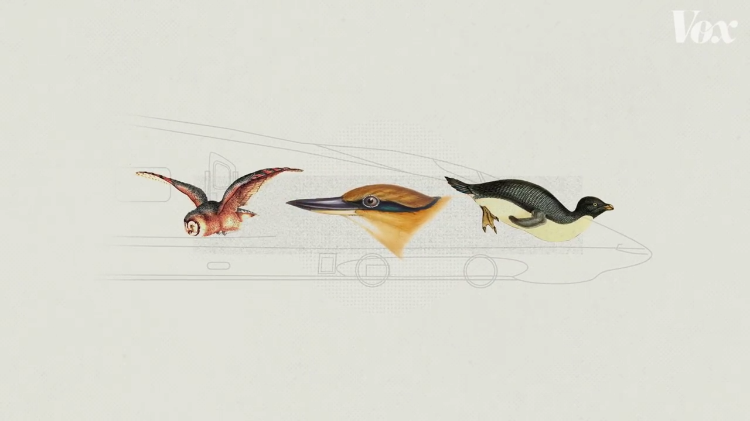How the Movement of Various Birds Inspired a Quieter, Faster Design for the Japanese Bullet Train

Vox video editor Christophe Haubursin in partnership with 99% Invisible, took a look at the concept of biomimicry - an unique approach to sustainable design that uses insight from nature - as first recognized by Janine Benyus of the Biomimicry Institute. One such example of biomimicry that Haubursin gave was the case of the Japanese Shinkansen (bullet train) and the very loud noise it made when exiting a tunnel. Amongst the engineers seeking to remedy this issue was general manager Eiji Nakatsu, a bird watcher. Nakatsu used his extensive aviary knowledge to mimic attributes from several birds and solve the noise problem.
Owls inspired the pantograph, that's the rig that connects the train to the electric wires above. Nakatsu modeled the redesign after their feathers, reducing noise by using the same serrations and curvature that allow them to silently swoop down to catch prey the Adi(C)lie penguin whose smooth body allows it to swim and slide, effortlessly inspired the pantograph supporting shaft redesigned for lower wind resistance and perhaps most notable of all was the Kingfisher. The Kingfisher is a bird that dives into water to catch its prey the unique shape of its beak allows it to do that while barely making a splash. Nakatsu took that shape to the design table.